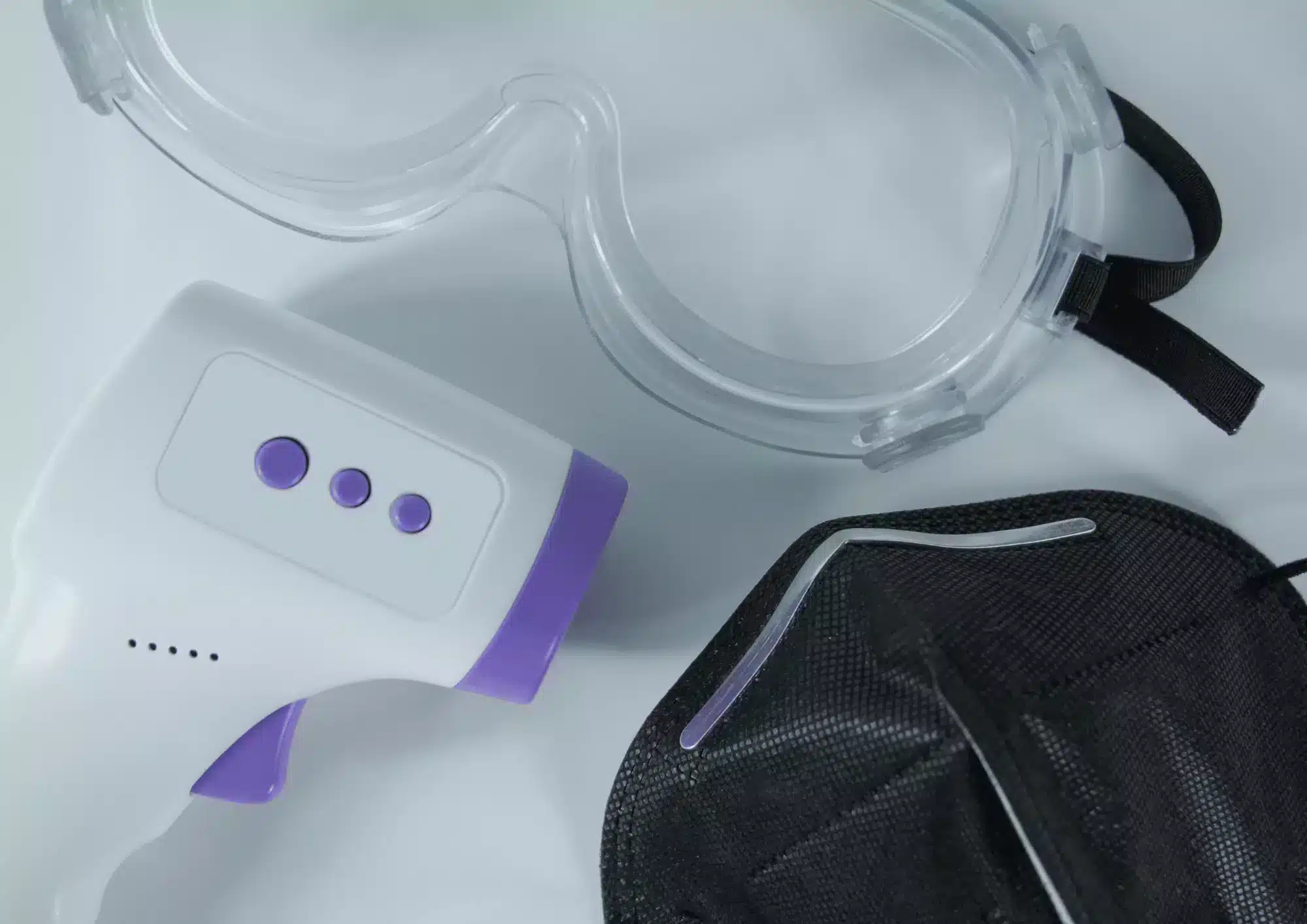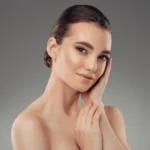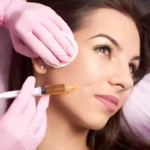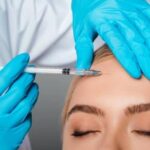

The role of PPE or Personal Protective Equipment has taken a drastic change in recent times.What was once used solely in workplaces with a certain degree of safety hazards is now an undeniable necessity in ensuring our health and protection.
Personal Protective Equipment acts as a barrier between the skin and harmful contaminants or impact hazards from the environment. In this current age, it is what stands between the unprecedented transmission of the highly infectious COVID-19 and our safety.
With the virus being transmitted through direct and indirect contact, mere physical proximity amongst each other can pose as a serious threat. While we slowly work to resume necessary social activities, we must take necessary precautions to mitigate the harms. Everyone in the workplace should wear PPE and understand what it is for.
What is PPE?
Personal Protective Equipment is an apparatus or accessory worn over the body to protect against injury, contamination, impact, and exposure to microbes, biological secretions, splatters, chemicals, and other safety hazards.
There are different types of PPE, and each one is specifically made to protect against a particular type of safety hazard. With COVID-19, the mode of transmission is through physical contact—so the protective equipment recommended by WHO is one that acts as a barrier against the skin, face, and respiratory system.
Types of PPE for COVID-19
Face and Eye Protection
These PPE equipment protect the eyes and face from any possible infection, exposure or immediate impact from biological spatters, viral contaminants, and harmful microbes.
Face Shields cover the entire facial area including the eyes, nose, and mouth with a clear polycarbonate lens that offers unrestricted visibility. Face Shields may be repeatedly used as long as the proper disinfection process is undertaken after every use.
Medical Goggles fully enclose the entire area around the eyes to protect against becoming contaminated or infiltrated with biological spatters, infectious microbes, and impact hazards. Medical Goggles may be repeatedly used as long as the proper disinfection process is undertaken after every use.
Respiratory Protection
This apparel prevents pathogenic microorganisms, infectious contaminants, toxic gases, or any other particulate matter that may cause irritation and infection from entering the lungs through the nose and mouth.
N95 Masks have four layers of protection to effectively filter 95% of all air particulates from entering the respiratory system. N95 Masks have passed the US Regulatory standards for respiratory protection against viruses, microbes, and all toxic inhalants. N95 Masks should be worn for a maximum of eight hours only and should be replaced as often as necessary.
KN95 Masks are tight-fitting respirator masks that cover the mouth and nose against all air contaminants including pollution, pollen, dust, smoke, germs, bacteria, ash, and other nasal allergic triggers. KN95 masks pass health regulatory standards around the world. KN95 Masks should be worn for a maximum of eight hours only and should be replaced as often as necessary.
Surgical Masks prevent biological spatters, pathogenic microorganisms, and viral contaminants from getting expelled by the wearer towards the environment. Masks should be discarded and replaced as soon as they become contaminated.
Skin and Body Protection
This PPE covers the skin so that no liquid spatters, toxic chemicals, viral microbes, and biological secretions can come into contact with the body.
Medical Coveralls enclose the entire body including the head, arms, torso, and legs with a non-woven fabric that effectively repels moisture, fluids, and liquid matter. Disposable Emergency Medical Coveralls should be used for a maximum of eight hours only.
Medical Gloves provide secure, enclosed protection for the hands against contamination and exposure to liquid spatters, biological secretions, viral microbes, and other hazardous particles. Gloves should be used for a maximum of 8 hours only and discarded after every use that involves some degree of exposure to contaminants.
All PPE clothing must be sterile, CE-marked/FDA-Approved and recommended by the World Health Organization.
How To Wear PPE?
The proper donning and disposal of PPE is key to ensure that the PPE performs for optimum protection.
An important reminder in wearing PPE is that one garment must not interfere with another. The entire set of apparel worn by an individual must be comfortable enough for movement but also for utmost functionality with no leakages.
Here are the following steps to wear full PPE properly:
1. Identify and gather the proper PPE set. Always ensure it is the correct size for the person who will be wearing it.
2. Wash hands thoroughly for thirty seconds.
3. Put on the Medical Coveralls.
4. Wear the mask (KN95 or N95 or Surgical Mask) while ensuring that the nosepiece is fitted to the nose. Place the loops around the ears. Both nose and mouth should be covered. Secure the top tie on the crown of the head and the bottom tie on the base of the neck
5. Put on either the Face Shields or Goggles. Use the most appropriate face protection that does not interfere with the seal of the mask.
6. Put on the gloves.
How To Remove PPE Gear?
PPE gear must be removed properly or else contamination and exposure to infectious contaminants are very likely, invalidating the usage of PPE in the first place.
Here are the following steps in removing the PPE in proper order:
1. Remove gloves properly, making sure the hands do not come into contact with the external side of the glove that has been exposed to the environment.
2. Remove the coveralls carefully in the utmost avoidance of contact to the side exposed to the environment. Assistance from another person may be required.
3. Wash hands thoroughly for 20 seconds and more, or use hand sanitizer.
4. Remove the Face Shield or Goggles by grabbing the strap or snapping the lock. Pull it upwards and away from the head.
5. Remove the mask by tugging at the loops over the ears and throw it in the proper trash bin immediately. Do not touch the front of the mask.
6. Wash hands thoroughly for 20 seconds.
Conclusion
With the number of Covid-19 cases rising, it is a necessary precaution to maintain social distancing, adhere to quarantine, and to wear PPE when in contact with another individual. PPE is very integral to our safety and survival as well as others around us.
Understanding what Personal Protective Equipment is, what it does, and how to wear and dispose of it properly is how we can ensure not only our health and safety but everyone around us. It is also important to remember to use PPE when performing treatment of patients with products such as Sculptra.
Aesthetic products generally refer to a broad category of items designed to enhance or improve one's appearance, often focusing on skincare, beauty, and personal grooming. These products are typically used to maintain or enhance physical attractiveness and may include a wide range of items intended for both professional and personal use. Here are some common types of aesthetic products:
-
Skincare Products: Including cleansers, moisturizers, serums, and treatments designed to address various skin concerns such as acne, aging, hyperpigmentation, and sensitivity.
-
Cosmetics: Makeup products such as foundations, concealers, eyeliners, lipsticks, and eyeshadows used to enhance facial features and achieve desired looks.
-
Hair Care Products: Shampoos, conditioners, styling products, and treatments to maintain and improve the health and appearance of hair.
-
Fragrances: Perfumes and colognes used to enhance personal scent and attractiveness.
-
Dental Care Products: Toothpaste, mouthwash, whitening treatments, and dental floss aimed at maintaining oral hygiene and enhancing smile aesthetics.
-
Personal Grooming Tools: Including razors, electric shavers, trimmers, and grooming kits used for hair removal and personal hygiene.
-
Beauty Devices: Devices such as facial cleansing brushes, LED light therapy masks, and microcurrent devices designed for at-home skincare treatments.
-
Nutritional Supplements: Supplements aimed at promoting skin health, hair growth, and overall well-being, often containing vitamins, minerals, and antioxidants.




